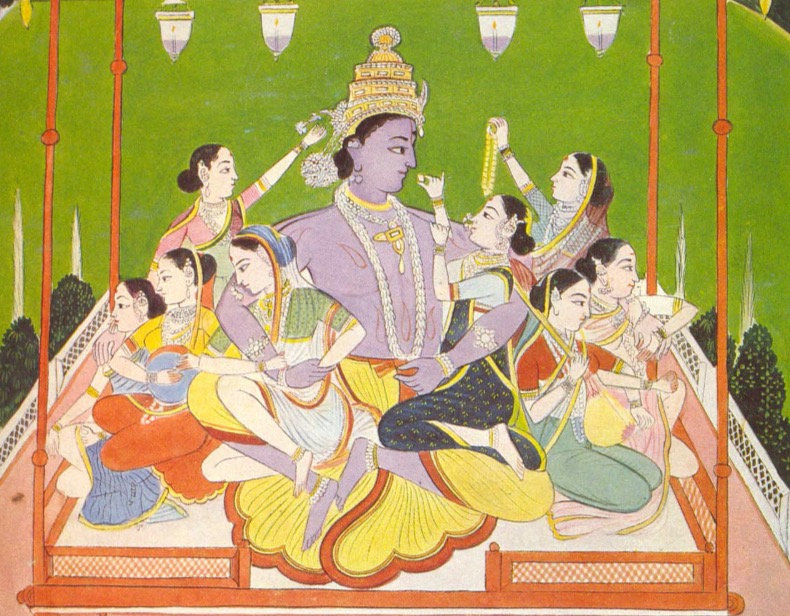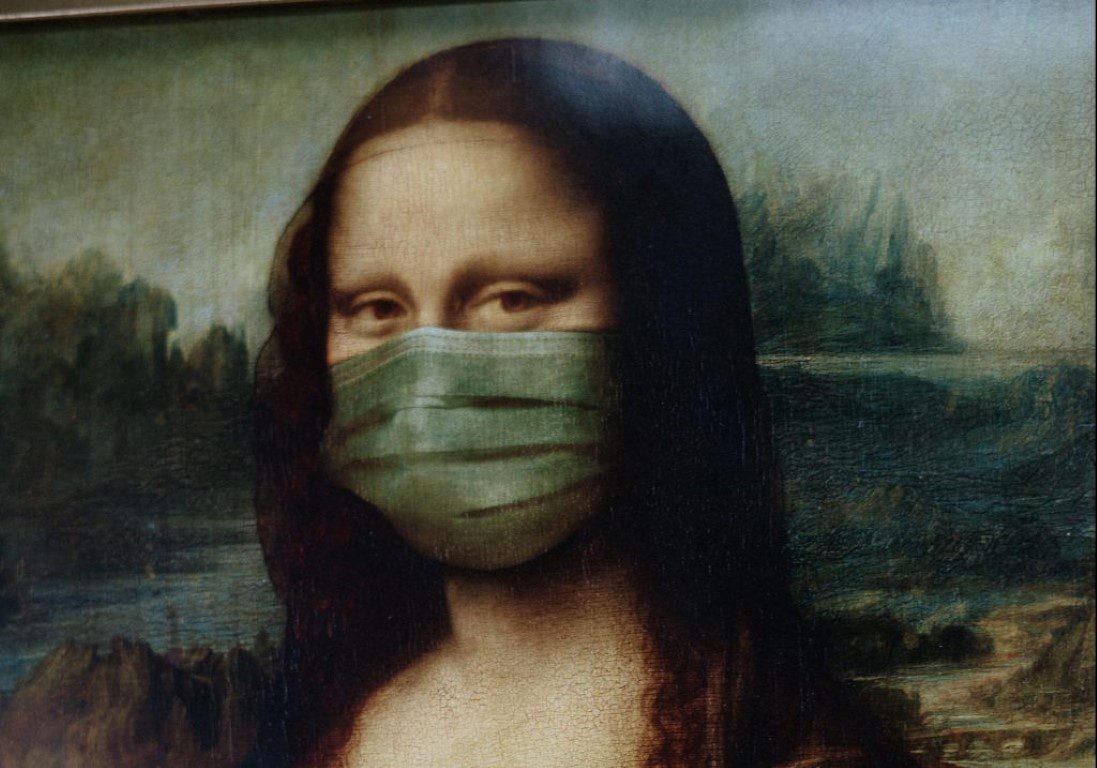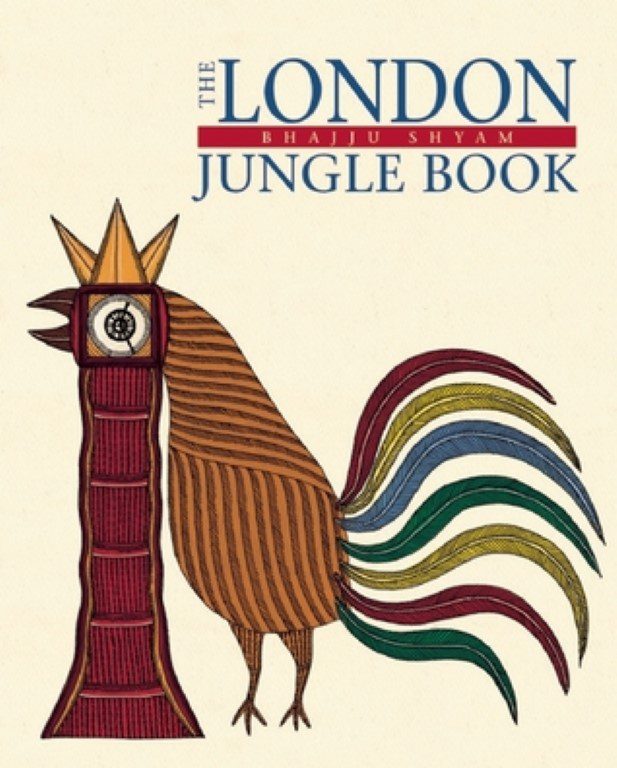During medieval times, the Mughal rulers brought great changes to Indian art. They supported artists with money and resources, which helped painting reach new heights. This period saw a beautiful mix of Persian art with local Indian styles, creating different schools like Mughal, Rajasthani, Pahadi, and Deccani painting.
From this mix came miniature paintings – small, detailed artworks mostly done on paper. These tiny paintings became a way to show deep emotions, stories, and spiritual ideas through careful use of symbols and colors.
Indian artists created a special visual language that went beyond just showing what things looked like. They used elements from nature – plants, animals, and heavenly beings – all based on ancient stories and philosophy. Every part of a painting had meaning.
The most important idea was bhava – emotion. Artists wanted their paintings to make people feel something, not just look pretty. They used different techniques like arranging figures vertically, showing multiple viewpoints, and spreading action across different parts of the painting. Colors had special meanings. So did flowers, trees, and animals. Artists often included verses from sacred texts to make the emotional impact stronger.
One of the most important ideas in Indian miniature painting is the Ashta Nayika – eight different types of heroines who represent different feelings of love and longing. This system gave artists a way to explore the psychology of romantic love.
The tradition started with Bharata Muni’s Natyashastra, an ancient text about performing arts written between the 1st century BCE and 3rd century CE. This work first described different types of heroes based on their nature.
The idea developed over centuries through various literary works. The most important was Keshavdasa’s 16th-century Rasikapriya, a Hindi poem that gave detailed descriptions of the eight heroine types.
- Swadhinapatika: One having her husband in subjection
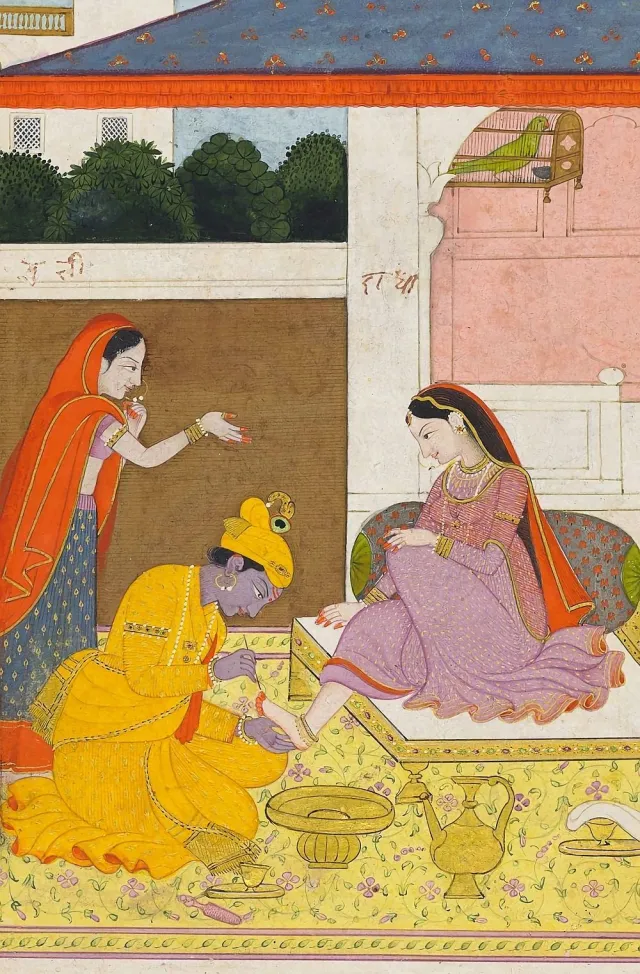
She has heroine has complete control over her lover. In paintings, she sits or stands while her lover massages her feet, bathes them, or decorates them. This shows how devoted he is to her. She is the happiest of all the heroines.
2. Utkanthita: The One Yearning for her lover
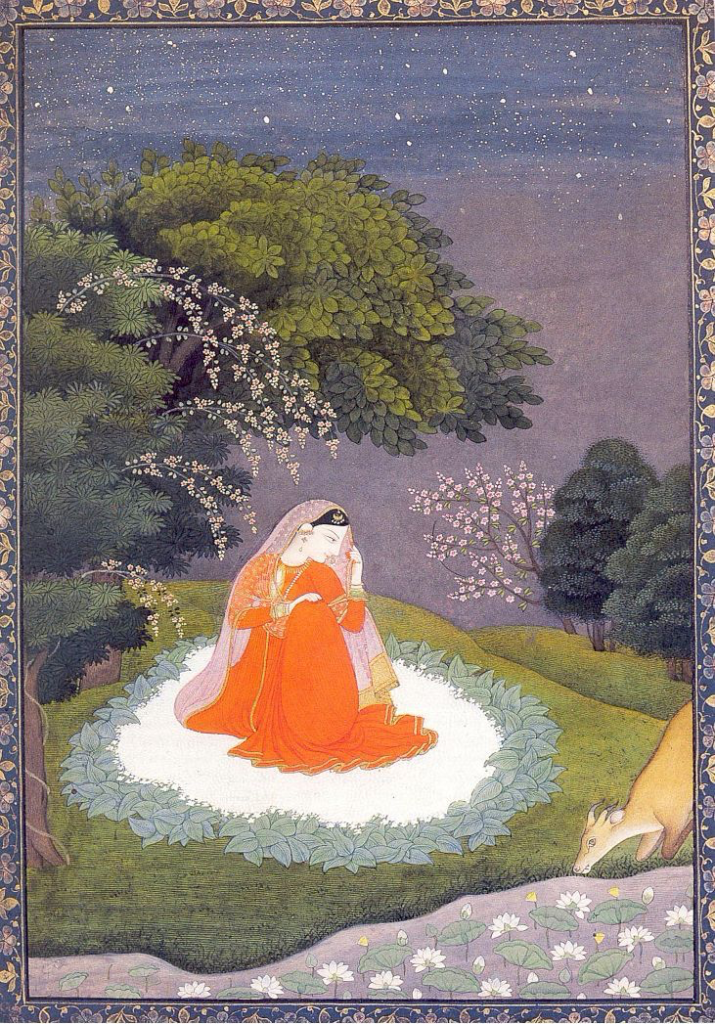
She waits alone for her lover at their meeting place. Artists usually show her under trees, by streams, or in groves, often at night. There are usually deer nearby, still water, and a sense of loneliness. This type appears most often in Indian paintings.
3. Vasakasajja: The one who waits by her bed
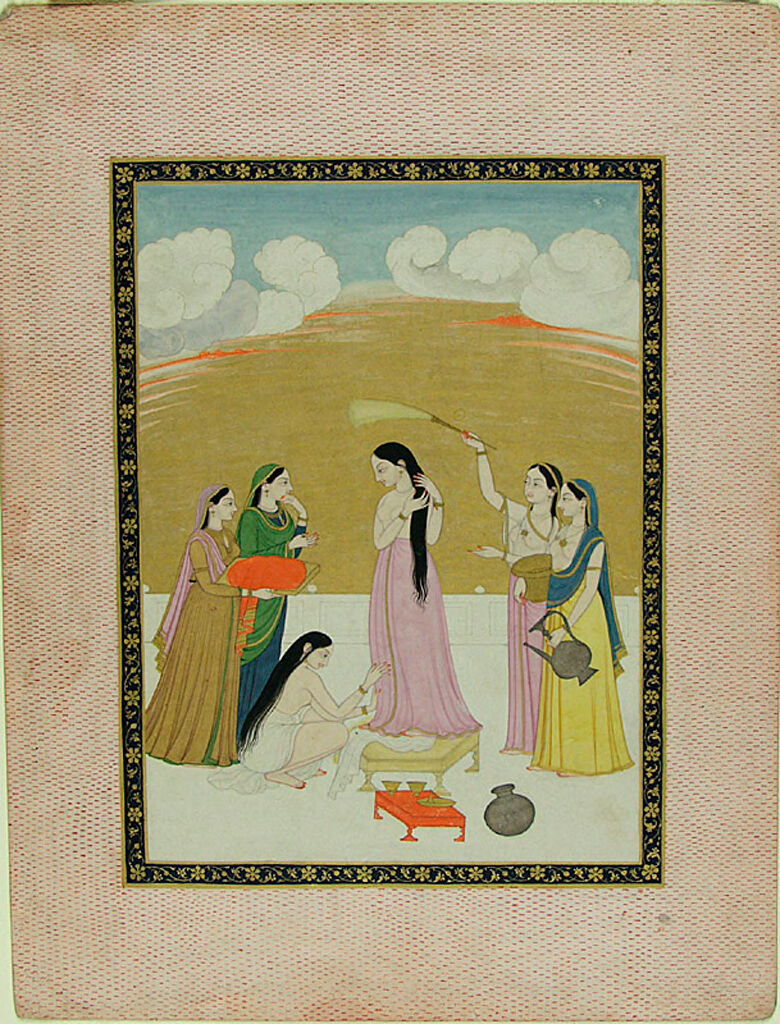
She waits by her bed, beautifully dressed and ready to meet her lover. Artists show her looking out from doorways while servants prepare the room for Krishna’s visit. She represents hopeful waiting.
4. Abhisandhita: The one who is separated from her beloved by a quarrel
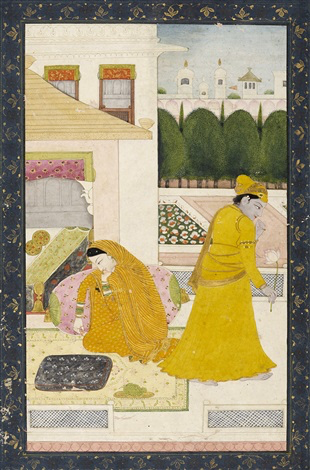
She is separated from her lover because of a fight – usually caused by something she said or did. Paintings show her leaving sadly while her lover walks away in anger. This represents the pain of separation caused by conflict.
5. Khandita: The one who is offended or hurt
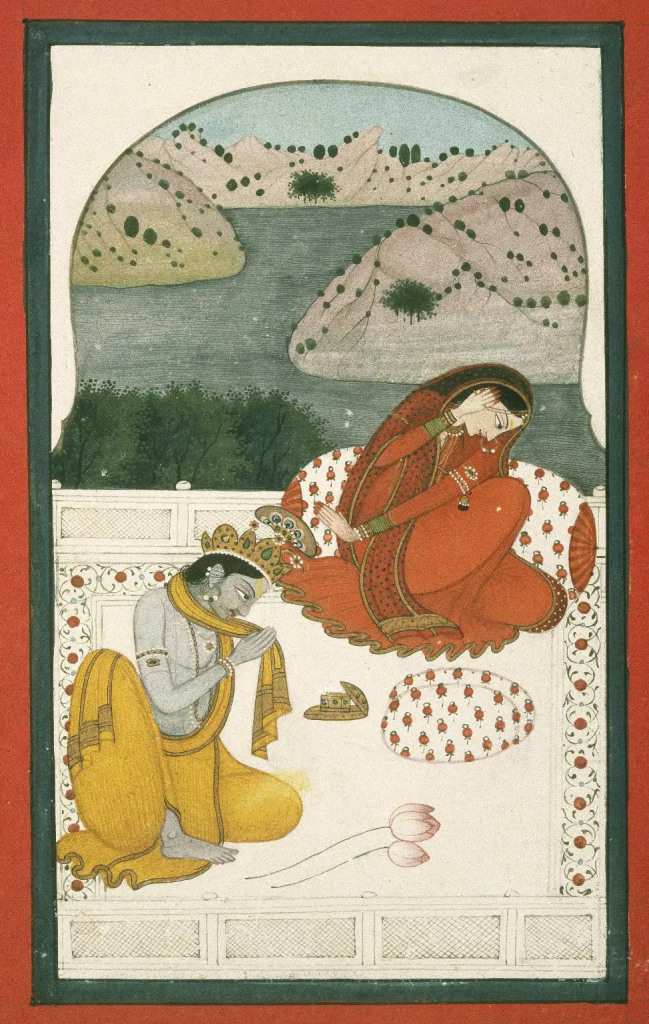
She confronts her lover after finding out about his unfaithfulness. Artists show her questioning him angrily, representing feelings of betrayal and jealousy.
6. Prositapatika: The one whose beloved has gone abroad
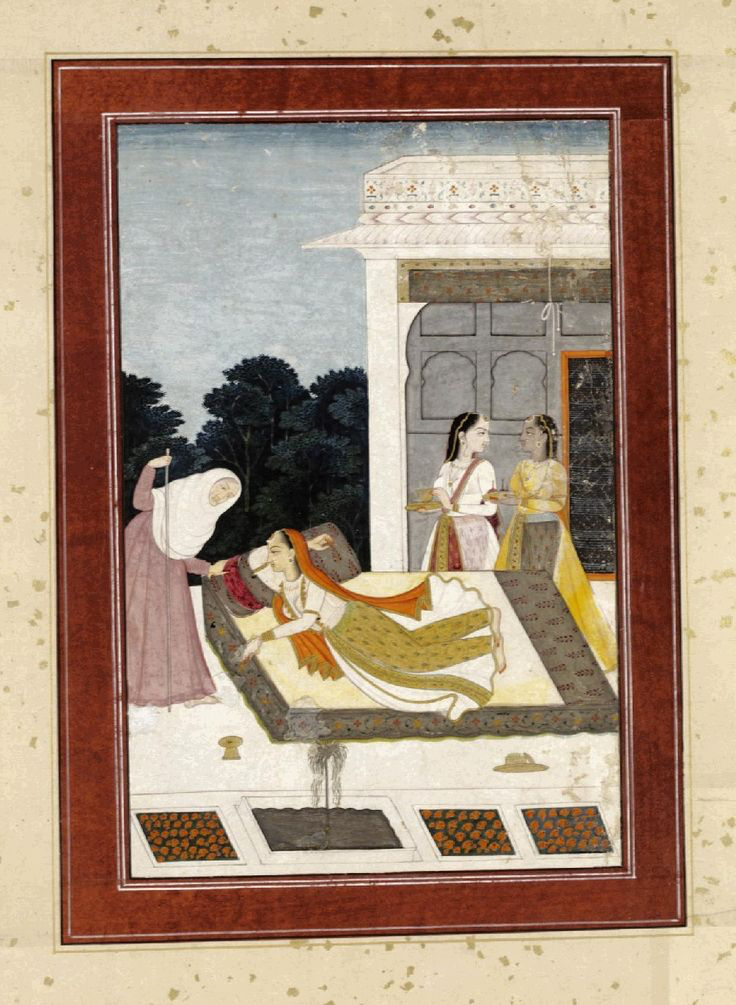
Her lover has gone away and hasn’t returned when promised. She is usually shown with her female friend who tries to comfort her. This represents the pain of being left behind.
7. Vipralabdha: The one who is Disappointed
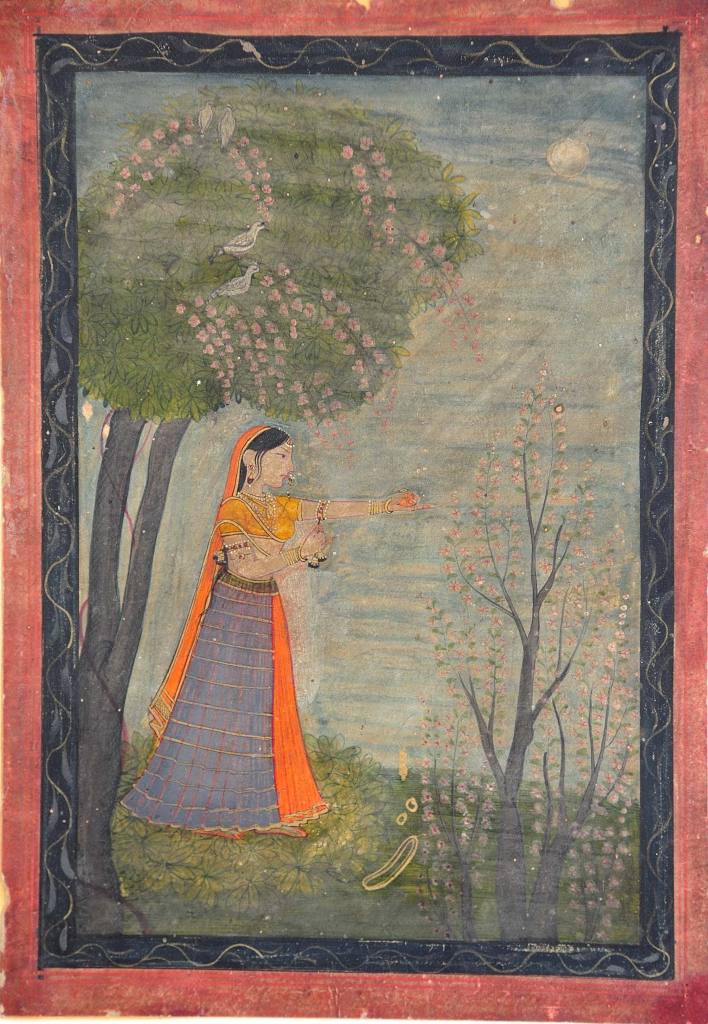
Like the waiting heroine, but her lover has failed to show up for their planned meeting. Artists show her throwing away her jewelry in despair. This represents broken promises and crushed hopes.
8. Abhisarika: The one rushing to meet her lover
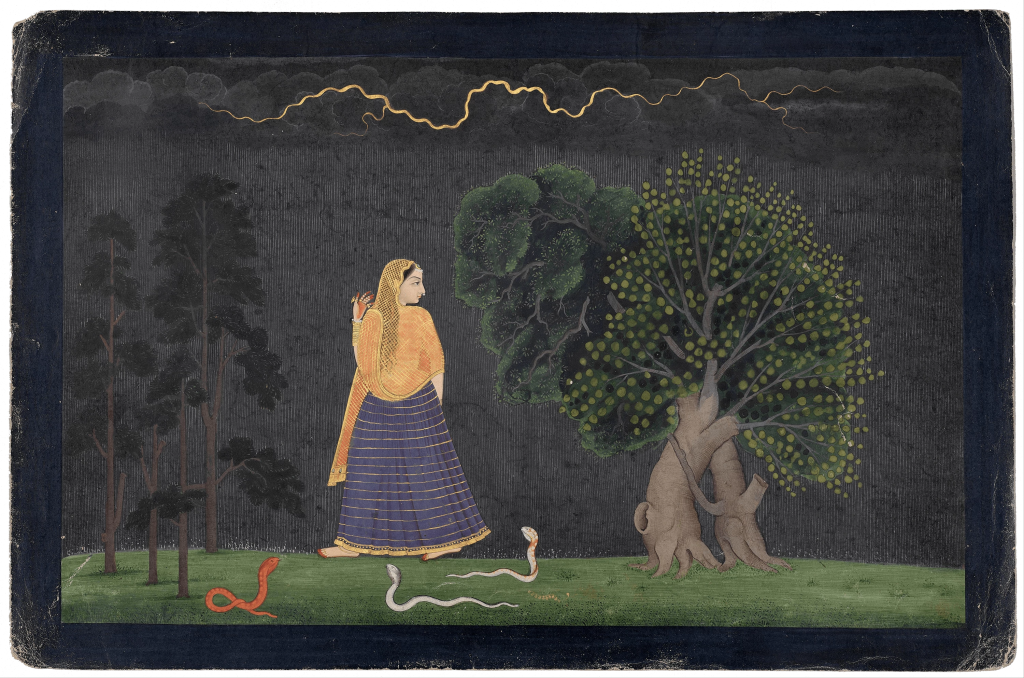
She goes out alone to meet her lover, facing dangers like snakes and ghosts. This represents the courage that love gives people and how far they will go for love.
The Pahari school was especially good at bringing these heroine types to life in paintings. Artists used clever techniques to create emotional atmospheres that made viewers feel what the heroines were feeling. They carefully chose natural elements, building settings, colors, and composition to create powerful emotional experiences. Each painting worked like a meditation on human emotion, using specific images, gestures, poses, and symbols connected to each heroine type. Indian artists believed in creating the right mood through environment, spiritual symbols, and mythological references.
Studying the Ashta Nayika helps us understand universal human emotions and how art can show them. This ancient system proves how different Indian art forms – literature, painting, music, and dance – were all connected and drew from the same emotional and spiritual sources. The classification system shows how Indian artists approached the study of human psychology through art. By organizing different emotional states and their visual representations, ancient thinkers created tools that helped artists communicate complex feelings clearly and powerfully.
The Ashta Nayika tradition is one of the most advanced systems of showing emotions in world art. Through these eight heroine types, Indian miniature painters created a visual language that could explore every aspect of romantic experience – from happy fulfilled love to the sadness of separation and betrayal.The Ashta Nayika tradition is one of the most advanced systems of showing emotions in world art. Through these eight heroine types, Indian miniature painters created a visual language that could explore every aspect of romantic experience – from happy fulfilled love to the sadness of separation and betrayal.
The Pahari school’s excellent treatment of these themes shows how ancient literary ideas could become powerful visual experiences. These paintings still move people today because they capture basic aspects of human emotional experience that don’t change across cultures or time periods.
The combination of Persian, Mughal, and Indian traditions under royal support created not just beautiful objects, but deep explorations of the human heart. When we study these works, we learn not only about medieval Indian culture but also about the timeless patterns of love, longing, and spiritual devotion that continue to shape human experience everywhere.
The Ashta Nayika tradition reminds us that great art works as both mirror and teacher, reflecting our deepest emotions while helping us understand the complexities of love and human connection better. In this way, these miniature paintings achieve art’s highest purpose: they make us more aware of our own emotional lives while connecting us to the universal experiences that unite all people.
Featuring Image Courtesy: Theisc.in
Contributor

